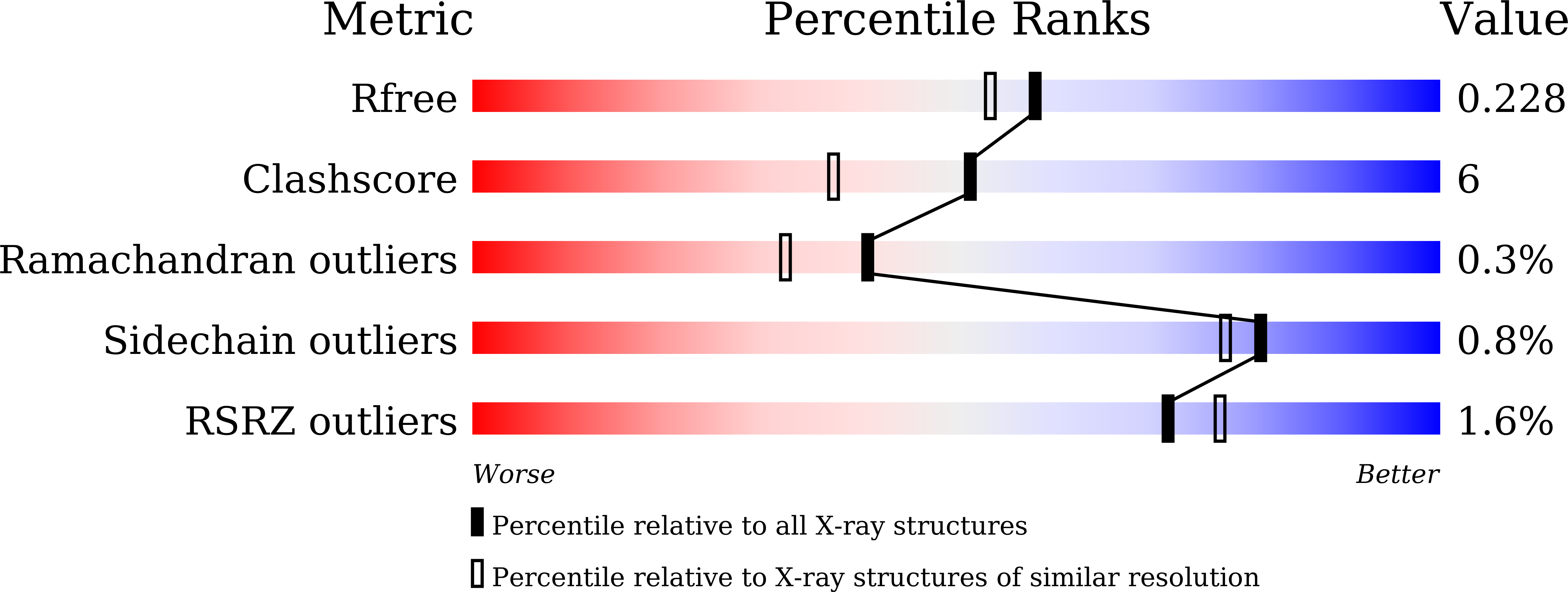
Deposition Date
2023-03-01
Release Date
2024-02-07
Last Version Date
2024-10-16
Entry Detail
Biological Source:
Source Organism:
Phaseolus vulgaris (Taxon ID: 3885)
Fusarium phyllophilum (Taxon ID: 47803)
Fusarium phyllophilum (Taxon ID: 47803)
Host Organism:
Method Details:
Experimental Method:
Resolution:
1.94 Å
R-Value Free:
0.23
R-Value Work:
0.19
R-Value Observed:
0.19
Space Group:
P 1


